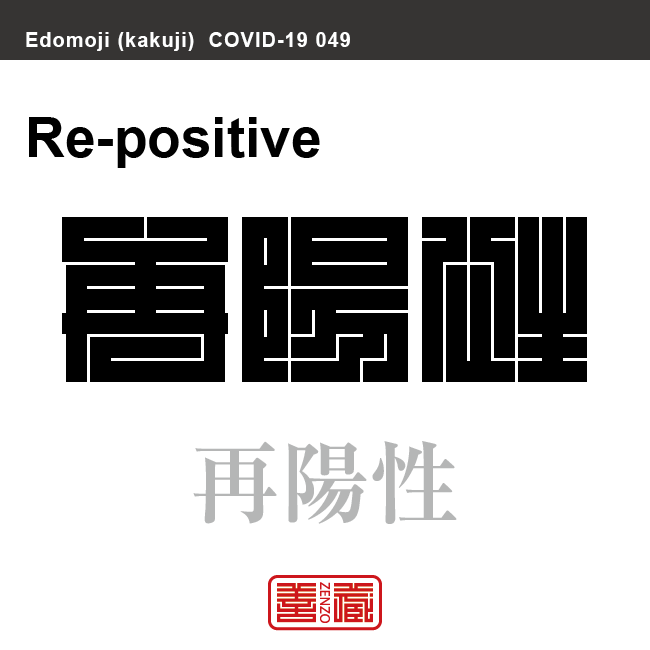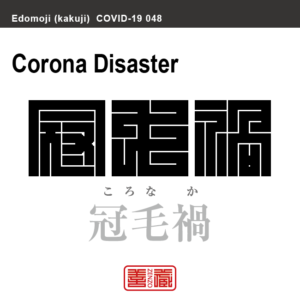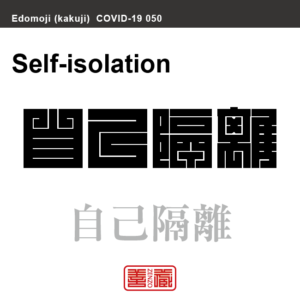再陽性 さいようせい 角字で新型コロナウイルス感染症関連用語、漢字表記

再陽性
さいようせい
Re-positive
Unicode: [再_0x518D][陽_0x967D][性_0x6027]
ウイルスや細菌の感染状態に関する検査で陽性反応が示した人が、その後、一定期間が経過し、陰性反応を示したあと、再び陽性反応を示すこと。
新型コロナウイルス感染症は、治ったはずなのに再び症状が出て、検査で陽性になる例が全国で相次ぎました。
検査が偽陽性だったのか、治癒後に再感染したのか、ウイルスが体内に残留していたのか、ウイルスの変異か、積極的な疫学調査が行われています。
再陽性となった患者については、感染力は弱いとの報告も出ています。
角字とは?
江戸時代に誕生した角字は、正方形のグリッド内にほぼ水平・垂直のラインのみで文字(漢字)が表現されるグラフィックアートです。
正方形という限られた空間の中に、あらゆる文字を閉じ込めようとするグラフィックデザインは、前述した、ミニマムな物に対する日本人特有のこだわりが随所に感じられます。
そのシンプルで有りながら、奥深い「角字」は多くの日本人を魅了し、お祭りで着る半被や印半纏(しるしばんてん)と言われる着物や、商標、印鑑、家紋、看板デザインなどに今日まで数多く使用されてきました。
What is Kakuji?
There is a style of penmanship called “Kakuji” in Japan. Edo-born Kakuji is a graphicart that expresses letters (kanji) with almost horizontal and vertical lines only.
The design which bases on many straight lines seems simple, or too plain even at its first glance; yet this beautiful artistic penmanship that encompasses the aesthetic of the Japanese in the Edo era, also known as “Iki”, and playfulness has long been inherited to this day, thanks to the masteries’ long years of efforts in training and refinement.
Kakuji with its simplicity and depth is used for designs such as trademark, hanko stamp, family crest and signboard.































































 2文字コード:MZ 3文字コード:MOZ 数字:508 ITU:258 ccTLD:.mz
2文字コード:MZ 3文字コード:MOZ 数字:508 ITU:258 ccTLD:.mz







































































































































